Plant regulators—analyses of knowledge on the 7 major hormone categories
Plant regulators—analyses of knowledge on the 7 major hormone categories
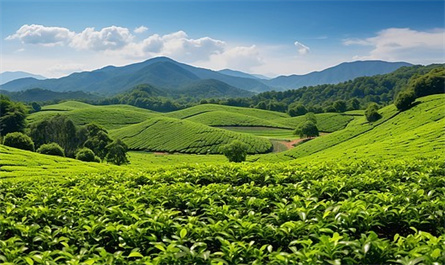
1)What are plant hormones?
Phytohormones refer to some trace amounts of organic compounds produced in plants that can regulate (promote, inhibit) their own physiological processes.
Trace amounts of organic substances produced by plants themselves and transported to other parts to regulate plant growth and development are called phytohormones. They regulate the growth, development and differentiation of plants individually or in coordination with each other in terms of cell division and elongation, tissue and organ differentiation, flowering and fruiting, maturity and senescence, dormancy and germination, and in vitro tissue culture.
Plant growth regulators refer to some artificially synthesized substances with plant hormone activity. Also known as exogenous plant hormones. Most of the phytohormones currently used in production are artificially synthesized plant growth regulators with phytohormone activity, such as naphthyl acetic acid (NAA), 2,4-D, gibberellin, chlormequat (CCC), ethephon, and urethane. Brassinolactone, paclobutrazol, etc.
2. Classification of plant hormones:
Currently, there are five recognized categories of plant hormones, namely auxins, gibberellins, cytokinins, ethylene and abscisic acid. Recently discovered plant hormones include brassinosteroids (the sixth largest hormone), polyamines, salicylates, and jasmonic acid. Nowadays, the types of plant growth regulating substances have been greatly increased through artificial synthesis. Such as indolebutyric acid, chlormequat and ABT rooting powder.
3.Phytohormones play an important role in regulating and controlling plant growth and development.
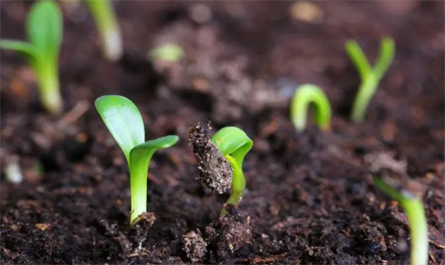
Growth hormone
1. Discovery of auxin:
Auxin is the earliest discovered plant hormone. In 1872, Sislerk of Poland discovered that the curved growth of horizontal roots was affected by gravity, and the sensing site was at the root tip, so he speculated that the root tip conducts irritating substances to the root base. In 1880, Darwin and his sons in England conducted coleoptile phototropism experiments, confirming that unilateral light affects the stimulation and transmission of coleoptiles. In 1928, the Dutchman Winter proved that there is indeed material transfer in the coleoptile, and first isolated growth-related substances on the sheath tip. In 1934, the Dutchman Kogel isolated a pure hormone, which was identified as indole acetic acid, referred to as IAA.
2. Distribution and transportation of auxin in plants
(1) Distribution: Auxin is widely distributed in plants, but it is mainly distributed in vigorous and young parts. Such as: stem tip, root tip, fertilization chamber, etc.
(2) Transportation: There are polar transportation and non-polar transportation phenomena in transportation. However, the transport direction of auxin pesticides applied from outside depends on the application site and concentration. For example, auxin absorbed by the roots can rise to the tender parts of the ground with the transpiration flow.
3. Physiological effects of auxin (dual)
Low concentrations of auxin promote plant growth, while high concentrations of auxin inhibit plant growth. Low concentrations of auxin can promote organ elongation. When the optimal concentration is exceeded, ethylene will be produced, and the growth-promoting effect will decrease or even turn into inhibition.
Application of auxin in agriculture:
(1) Indole acetic acid (IAA)
It is a natural plant auxin, a nitrogen-containing organic acid. It is mainly distributed in the vigorously growing young parts such as root tips, stem tips, and flowers. It can stimulate cell expansion and elongation. The use effect is not as good as indolebutyric acid and naphthylacetic acid. It is very unstable in plants and is easily decomposed and damaged by strong light. The concentration range for promoting growth is 1 to 100 mg/kg.
(2) Indolebutyric acid (IBA)
It is a synthetic plant auxin that is very effective. It is not easily oxidized by the enzyme system that destroys indole acetic acid. It is not easy to conduct and is easily retained in the treated area. It can effectively promote cell division in the cambium layer.
(3) Naphthaleneacetic acid (NAA)
It is a white crystal and is currently a widely used plant growth regulator. However, if the concentration is too high, it can easily damage plants. It is much safer to use ammonium naphthylacetate. When the concentration is appropriate, the effect is similar to that of indolebutyric acid and the cost is low.
Naphthaleneacetic acid is a broad-spectrum plant growth regulator that can promote cell division and expansion, induce the formation of adventitious roots, increase fruit setting rate, prevent fruit drop, change the ratio of female and male flowers, prolong dormancy (inhibiting potato germination during storage), maintain apical dominance, etc.
(4)2,4-D:
The pure product is white crystal and difficult to dissolve in water, so it is mostly processed into sodium salt, amine salt or butyl ester. It is easy to conduct. A slightly higher concentration will inhibit the development of branches. A concentration less than 100 mg/kg can stimulate plant growth.
2,4-D is a selective herbicide at high concentrations: dicots are more sensitive to auxin concentration than monocots, so it can be used as a herbicide to remove dicots in monocot fields. At low concentrations, it can be used to preserve flowers and fruits, and at the same time, it can ripen earlier and extend the storage period.
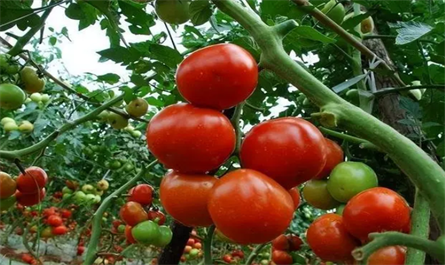
Gibberellin
It was discovered in 1926 by Eiichi Kurosawa of Japan while studying bakanae disease, which causes leggy rice plants. Bakanae disease is a kind of rice seedlings caused by the secretion of Gibberella, which causes leggy and yellow leaves and easy lodging. Gibberellin is named after it; in 1938, Yabada and Sumiki of Japan isolated it from the secretion of Gibberella. A physiologically active substance was discovered and named gibberellic acid (GA). Since the 1950s, British and American scientists have conducted research on gibberellins, and now more than 60 species have been isolated from gibberella and higher plants. Gibberellins are named GA1, GA2, etc. respectively. Commercially produced gibberellins are GA3, GA4 and GA7. GA3, also known as gibberellic acid, is the earliest gibberellin isolated and identified.
Synthetic parts:
Gibberellins are commonly found in higher plants, and the parts with the highest gibberellin activity are the parts of the plant that grow most vigorously.
Transportation:
Gibberellin does not have polar transport in plants. After synthesis in the body, it can be transported in both directions, downward through the phloem, and upward through the xylem and rising with the transpiration flow.
The role of gibberellins:
It is a natural plant hormone that can promote cell elongation and thus significantly promotes the growth of vegetative organs in stems and leaves. The dosage is 0.01 to 0.05 mg/kg.
Gibberellins can replace the low temperature and long daylight conditions required for the development of some plants, promote the formation of flower buds, promote flowering, and even change the color and shape of flowers. It can also cause parthenocarpic fruiting of citrus, grapes, etc. to prevent the shedding of plant organs.
Promote cell division and stem elongation, promote bolting and flowering, break dormancy, promote male flower differentiation and increase seed setting rate.
Application of gibberellins in agriculture: improve the yield and quality of stem and leaf vegetables, promote fruit development, increase fruit weight, break dormancy of tubers and seeds, and promote germination.
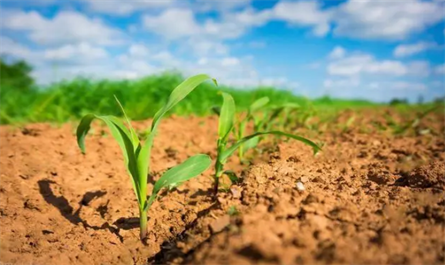
Abscisic acid
In the early 1960s, the American F.T. Adicot and the British P.F. Weirling isolated abscisic acid from fallen cotton berries and birch leaves respectively. Abscisic acid is found in plant leaves, dormant buds, and mature seeds. It is usually more abundant in aged organs or tissues than in young parts.
Main functions:
A powerful natural inhibitor that exists in plants. It is widely distributed in young and old organs and tissues of plants. The content is higher in tissues that are about to fall off and become dormant. It interacts with auxin, gibberellins, and cell division. The effect of hormones is antagonistic, so auxins and gibberellins can be used to eliminate its effects. Inhibits cell division and promotes senescence and abscission of leaves and fruits. Inhibit seed germination. Higher abscisic acid content in seeds is the main cause of seed dormancy.
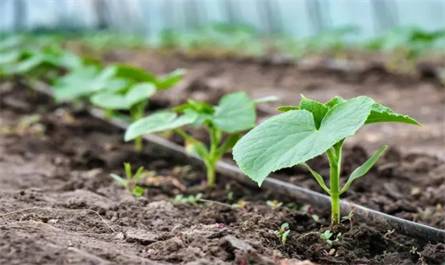
Ethylene
1.Discover:
As early as the beginning of the 20th century, it was discovered that there is a gas that can promote the yellowing and ripening of green lemons when illuminated by gas lights. This gas is ethylene. However, it was not until the early 1960s that trace amounts of ethylene were detected in unripe fruits using gas chromatography that ethylene was classified as a plant hormone. Its production has a "self-promoting effect", that is, the accumulation of ethylene can stimulate the production of more ethylene.
2. The main functions of ethylene:
It promotes fruit ripening, promotes organ shedding and aging, and can also increase the number of female flowers of melon plants. In plants, it promotes the discharge of latex from rubber trees, sumacs, etc.
Applications of ethylene in agriculture:
Ethephon: 2-chloroethylphosphonic acid, a liquid compound that releases ethylene, has been widely used to accelerate fruit ripening, defoliate cotton before harvest, promote cotton boll cracking and spitting, stimulate rubber latex secretion, dwarf rice, and increase the number of melons. Female flowers and promote pineapple flowering, etc.

Brassinosteroid (brassinolide)
In the 1970s, the hormonal activity of steroidal molecules in plants was discovered. A growth-promoting substance extracted from rapeseed (Brassicanapus) pollen was identified as a steroidal compound and named brassinolide (BL). Since then, steroid molecules with similar structures and activities to BL have been continuously discovered, collectively known as brassinosteroids (BRs). Now BR has been regarded as widely regulating developmental and physiological processes such as cell elongation, vascular differentiation, One of the basic hormones for root growth, response to light, stress resistance, aging, etc.
The main physiological effects include promoting cell elongation and cell division, promoting vascular differentiation, promoting pollen tube elongation, determining male fertility, promoting lateral development of roots, maintaining apical dominance, promoting seed germination, etc. Brassinolide is a new type of green and environmentally friendly plant growth regulator. It can increase the chlorophyll content of plants, promote rooting and germination, increase the number of flower buds, extend the flowering period, and increase drought, cold and disease resistance. Spraying 1500 times liquid on the leaves of solanaceous vegetables can increase their photosynthetic rate and increase their yield. Spraying 1,500-2,000 times of solution once on each leaf surface of cabbage at the stem stage, rosette stage, and leaf ball stage has a significant yield-increasing effect.
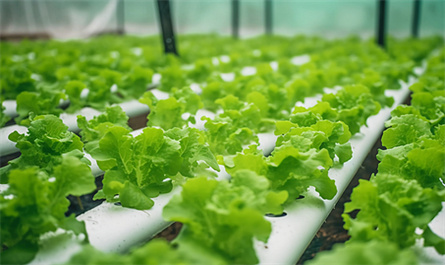
Growth inhibitory substances:
Also called Bijiu, Alar. It has the functions of inhibiting growth, promoting flower bud differentiation, improving cold resistance, and reducing physiological diseases.
It can slow down the cell division and elongation of stems or branches and inhibit the growth of plants and branches.
Chlormequat (CCC)
Also known as Sanxi, chlorocholine chloride, the pure product is white crystal, easily soluble in water, and is a synthetic growth retardant. Its effect is exactly opposite to that of gibberellin. It inhibits growth, promotes flower bud differentiation, and improves resistance. Cold ability inhibits the synthesis of gibberellins in plants, but does not inhibit cell division, making the plants shorter, the stems thicker, the internodes shorter, and the leaves darker green.
Green fresh element (MH)
Also called bud-suppressing pill. The pure product is white crystal, slightly soluble in water, and its potassium, sodium and ammonium salts are easily soluble in water. It has the functions of inhibiting cell division and elongation, inhibiting branch growth, ending growth early, promoting branch maturity, and improving cold resistance.
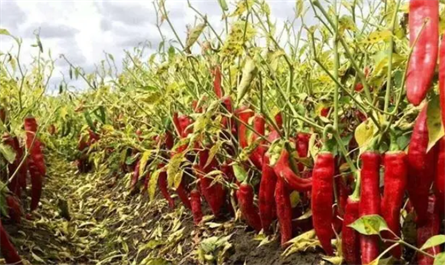
Plasticine
The regulatory effect of plant hormones on growth, development and physiological processes is often not the sole effect of a certain plant hormone. Since various endogenous hormones in plants can have synergistic or antagonistic effects, only the coordination of various hormones can ensure the normal growth and development of plants.



